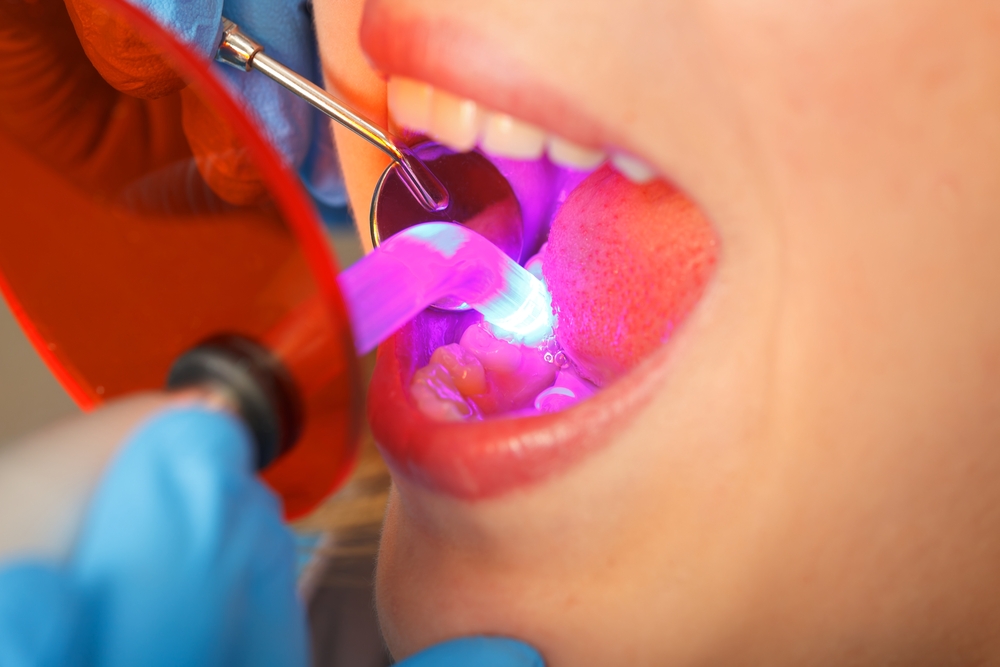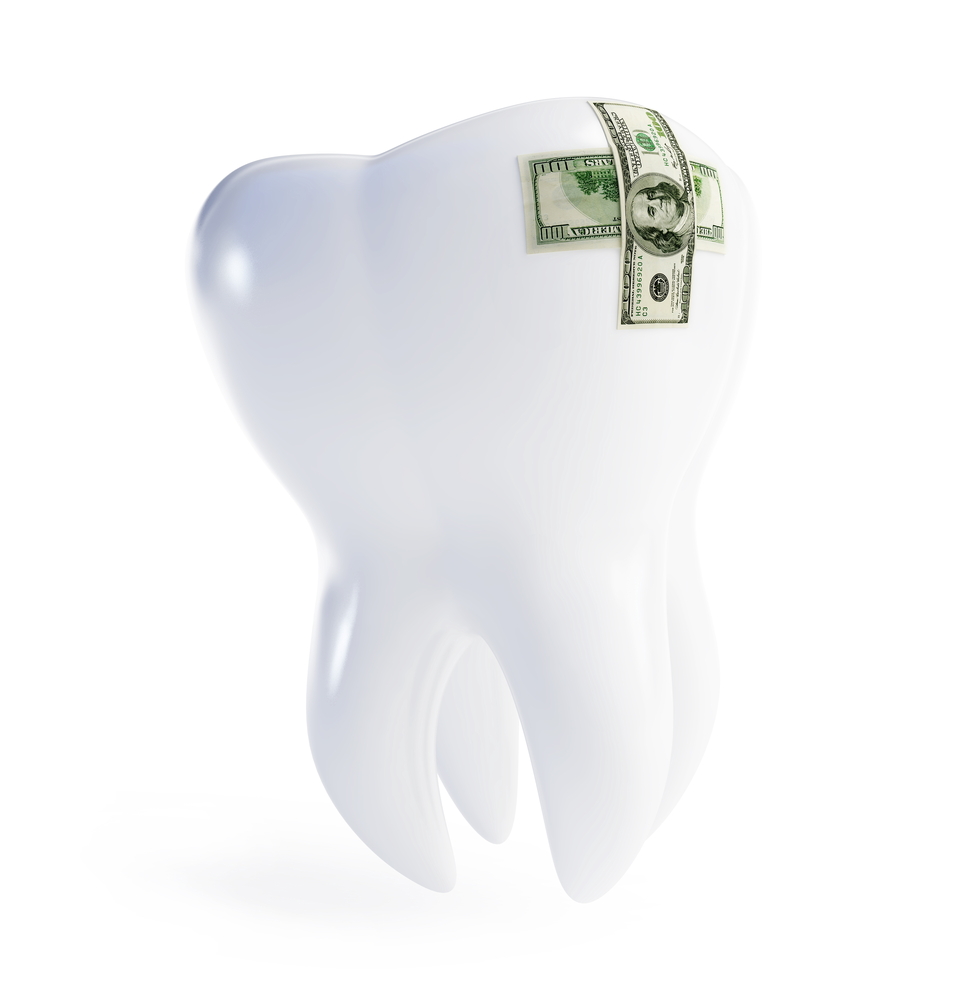5 Things You Need to Know About Dental Bonding
28 Mar 2016
Restorative dentistry procedures help patients with broken, decayed, or missing teeth. Restoring the appearance of your smile is important, but these restorative procedures can also help protect your teeth from other oral health problems. Dental bonding is a type of restorative dentistry and may be a good option for your oral health.
Here are 5 things you need to know about dental bonding and why it may be a good option to help restore your smile.
What is Dental Bonding?
Dental bonding is a restorative dentistry procedure that bonds a resin to a tooth.
In the procedure, a composite resin (plastic) is bonded to a tooth that’s broken, chipped, or decayed. The resin is hardened and set using a special light. The resin is then buffed and polished to the desired shape and finish.

When is Dental Bonding Used?
When a tooth is cracked, broken, chipped, or decayed, dental bonding can be used to restore the tooth’s structure and appearance. If someone has a large gap between their teeth, bonding can help minimize the gap and improve the appearance of the person’s teeth.
Fillings are one of the most common types of dental bonding; a filling is used to “fill in” a cavity in a decayed tooth, protecting the tooth from further decay and damage.
Composite Resin vs. Amalgam
Some fillings are silver-colored and are made of amalgam. Amalgam is a combination of metals used to fill in cavities in decayed teeth. Amalgam fillings are much more rigid than composite resin fillings (plastic material) and can actually cause cracks in the tooth.
Many people are concerned with the mercury used in amalgam, but studies have shown that people are exposed to more mercury in the air than they are from amalgam fillings.
A benefit of using composite resin is that the material is tooth-colored, making it much less noticeable than amalgam fillings.
Is Dental Bonding Expensive?
Compared to other restorative dental procedures, dental bonding is one of the least expensive options for restoring your teeth.
The procedure can be done in one day and generally takes 30 minutes to an hour per tooth. Unlike crowns and veneers, nothing has to be sent to a lab and the entire procedure is accomplished in one appointment.

What are the Disadvantages?
There are some disadvantages of dental bonding that you need to know:
- Temporary – a dental bond can last from 2 to 10 years; bonds don’t last as long as crowns, veneers, or silver fillings
- The composite resin used in dental bonding is weaker than the materials used in crowns, veneers, and silver fillings
- Not completely stain-resistant – While the composite resin is somewhat resistant to stains, crowns are much more stain-resistant
- Limited – If you have a cavity that is too big to fill, you may need a crown
It’s important to know the advantages and disadvantages of dental bonding to help you decide which dental procedure is best for you. Dental bonding is viewed by many dentists as the best option for small, cosmetic procedures. However, every mouth is different and it’s crucial that you talk to your dentist about what option is best for your teeth.
For more information about dental bonding or to schedule a dental appointment, contact Greenspoint Dental in Houston, Texas. We are dedicated to providing you and your loved ones with the best dental care.
Related Blog Articles